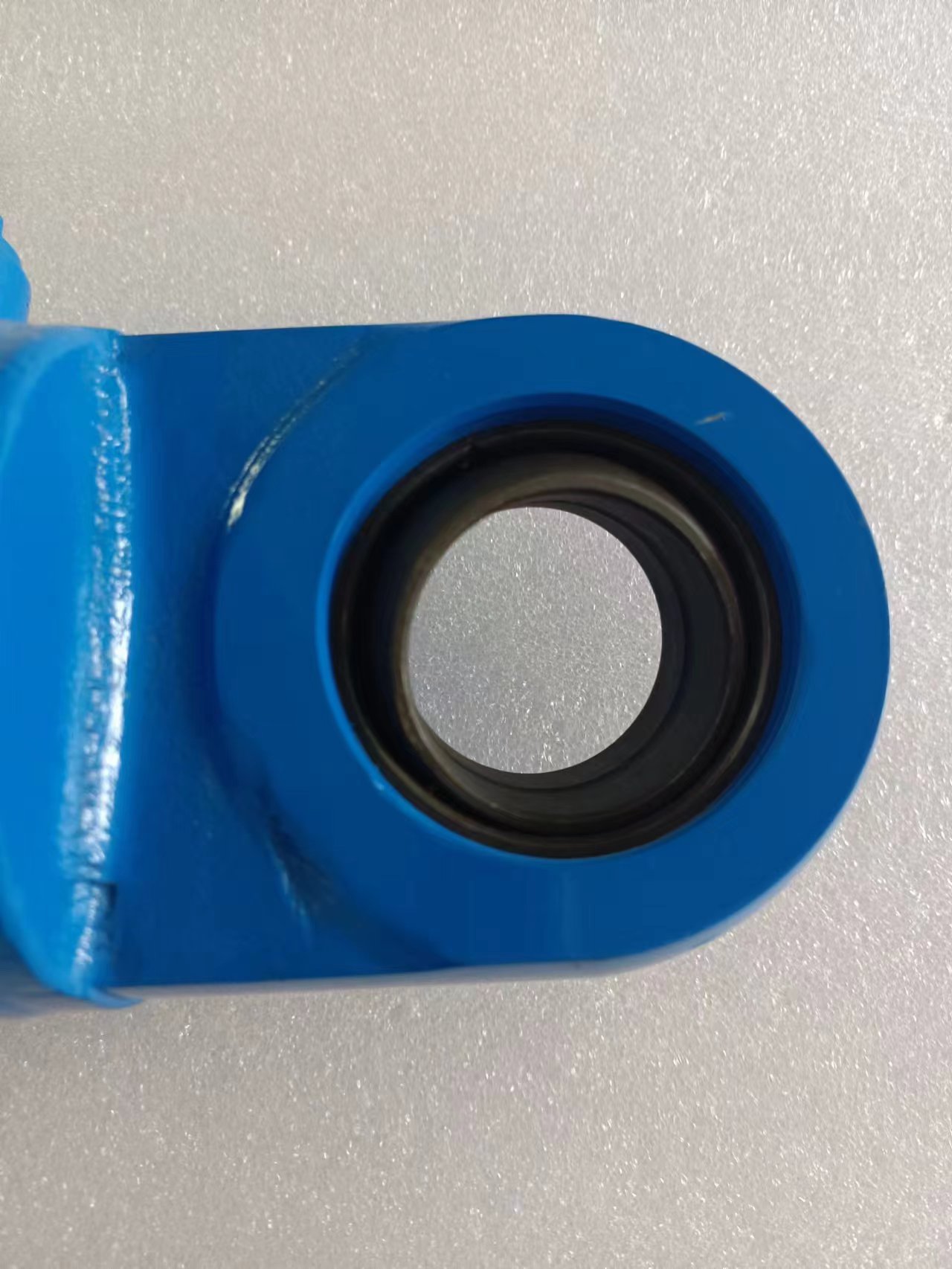Sep . 30, 2024 04:56 Back to list
Leading Manufacturer of Telescoping Hydraulic Cylinders for Various Applications
Telescoping Hydraulic Cylinder Manufacturers A Comprehensive Overview
Telescoping hydraulic cylinders are critical components in many industrial applications, providing powerful and efficient linear motion. These cylinders are designed to extend and retract using a series of nested tubes, which allow for significant lengths of extension while maintaining a compact form when retracted. This unique functionality makes them ideal for applications such as construction equipment, material handling, and transportation systems. As the demand for these cylinders continues to grow, manufacturers play a pivotal role in meeting industry needs.
Understanding Telescoping Hydraulic Cylinders
A telescoping hydraulic cylinder consists of multiple stages or sections (commonly called tubes or sleeves) that slide within each other. The outer tube is the largest and serves as the main body, while each subsequent inner tube is smaller in diameter and extends outward to increase the overall length of the cylinder. This design maximizes the force output while minimizing space requirements, an essential aspect for industries where design and space constraints are critical.
The operation of these cylinders relies on hydraulic fluid, which is pumped into the cylinder to create pressure. This pressure forces the inner tubes to extend, providing the necessary force to perform tasks such as lifting, pushing, or pulling heavy loads. The retracting process occurs when the hydraulic fluid is released, allowing the tubes to slide back into the main body.
Key Applications
Telescoping hydraulic cylinders are used in various industries, including
1. Construction In cranes and excavators, telescoping cylinders enable the lifting and movement of heavy materials. They are often utilized in booms and stabilizers that require significant reach and load capacity.
2. Transportation In the transportation sector, these cylinders are used in dump trucks and trailers to lift and lower cargo beds efficiently, enhancing the loading and unloading process.
telescoping hydraulic cylinder manufacturer

4. Manufacturing In industrial machinery, these cylinders are crucial for automation and robotic systems that require precise control of movement and positioning.
The Role of Manufacturers
With the rising demand for telescoping hydraulic cylinders, manufacturers are focusing on innovation and efficiency to stay competitive. Leading manufacturers invest in research and development to enhance the performance and durability of their products. This involves using advanced materials, improving sealing technologies, and optimizing hydraulic fluid dynamics to reduce wear and tear on the cylinders.
Manufacturers also ensure that their products meet relevant safety and quality standards, which are crucial in maintaining operational efficiency and preventing accidents. This adherence to quality assurance has led to the development of reliable test protocols and certifications that assure customers of the cylinders' performance.
Furthermore, many manufacturers provide customization options to cater to specific industry needs. This can include variations in size, force capacity, and mounting configurations. By working closely with clients, manufacturers can design telescoping hydraulic cylinders that fit perfectly into their equipment, ensuring seamless integration and optimal performance.
Challenges and Trends
Despite the growth opportunities in this sector, manufacturers face several challenges, including fluctuating raw material costs and the need to keep up with technological advancements. Additionally, environmental regulations are increasingly influencing the design and production processes, prompting manufacturers to explore eco-friendly materials and energy-efficient solutions.
One significant trend in the industry is the integration of IoT (Internet of Things) technology in hydraulic systems. This innovation allows for remote monitoring and control of hydraulic cylinders, enabling predictive maintenance and reducing downtime.
Conclusion
In summary, telescoping hydraulic cylinder manufacturers are integral to various industries, providing essential components that enhance operational efficiency. As technologies evolve and applications expand, these manufacturers will continue to play a vital role in developing innovative solutions that meet the demands of modern machinery and equipment. By focusing on quality, safety, and customization, the industry is poised for significant growth in the coming years.
-
Fork Lift Power Units - Hebei Shenghan | Efficiency, Reliability
NewsJul.13,2025
-
1.5-Ton Turbocharged Cylinder-Hebei Shenghan|Hydraulic Solution,Energy Efficiency
NewsJul.13,2025
-
Auto Hoist Power Units-Hebei Shenghan|Efficiency&Industrial Lifting
NewsJul.13,2025
-
Double Acting Power Units-Hebei Shenghan|Hydraulic Solutions,Industrial Efficiency
NewsJul.13,2025
-
1.5 Ton Lifting Cylinder 70/82-40-290-535 - High-Performance Hydraulic Solution | Hebei Shenghan
NewsJul.13,2025
-
Fork Lift Power Units - Hebei Shenghan | Efficiency&Reliability
NewsJul.13,2025
